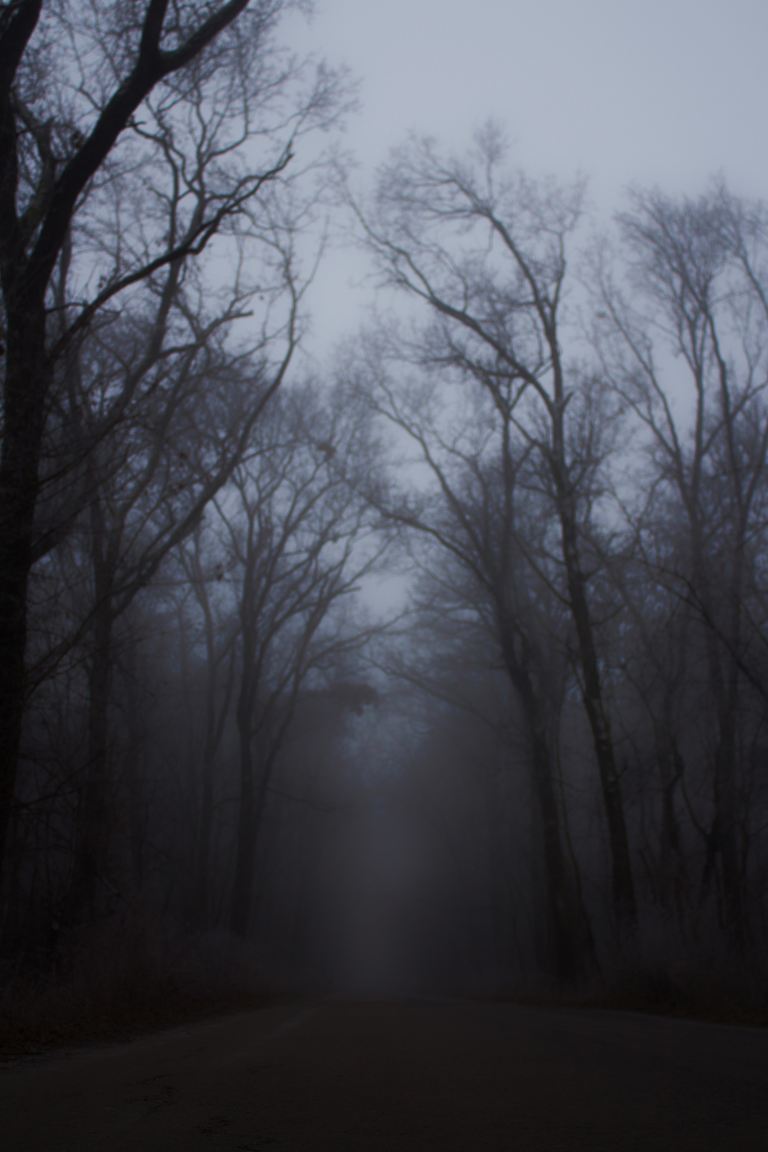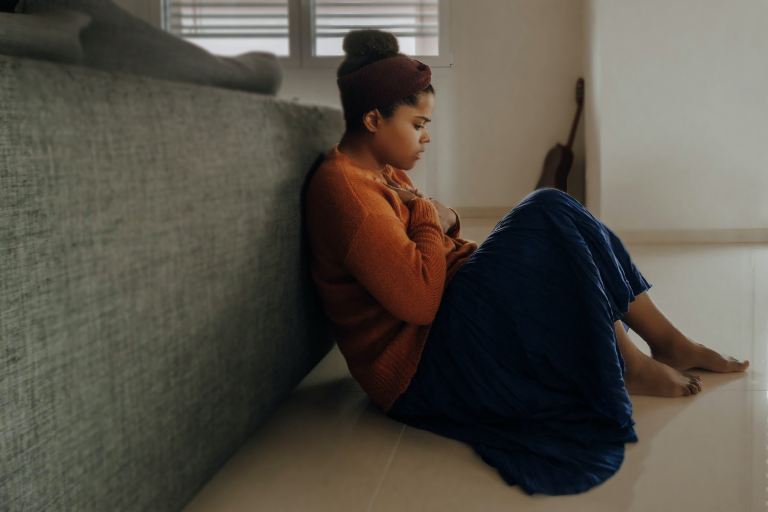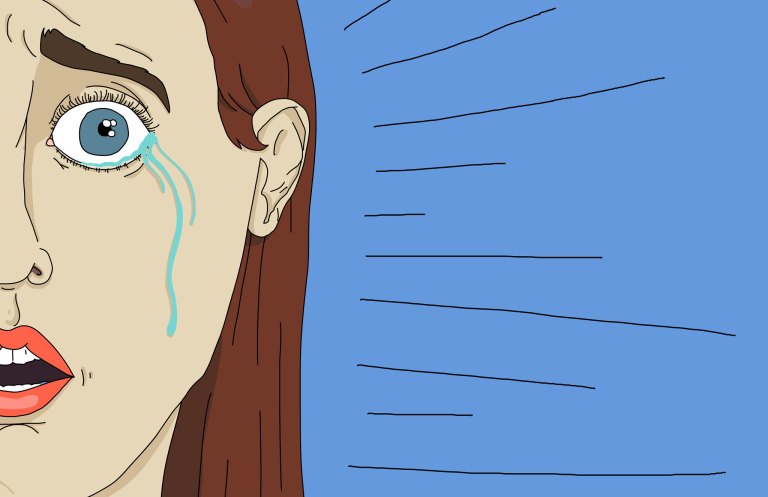13 Reasons Why I Will Not Watch ‘13 Reasons Why’ (And Why You Shouldn’t Either)
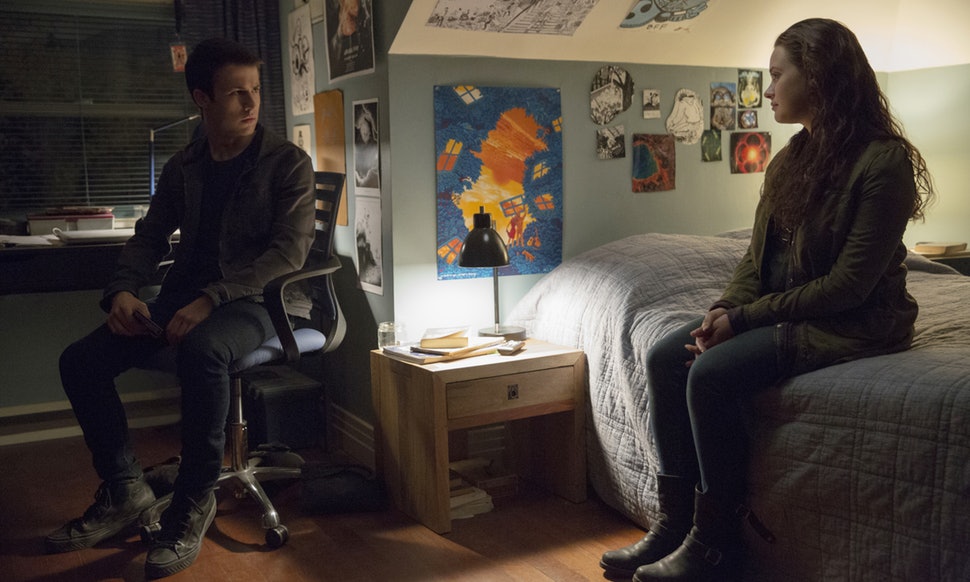
Warning: Spoilers and potentially triggering information below.
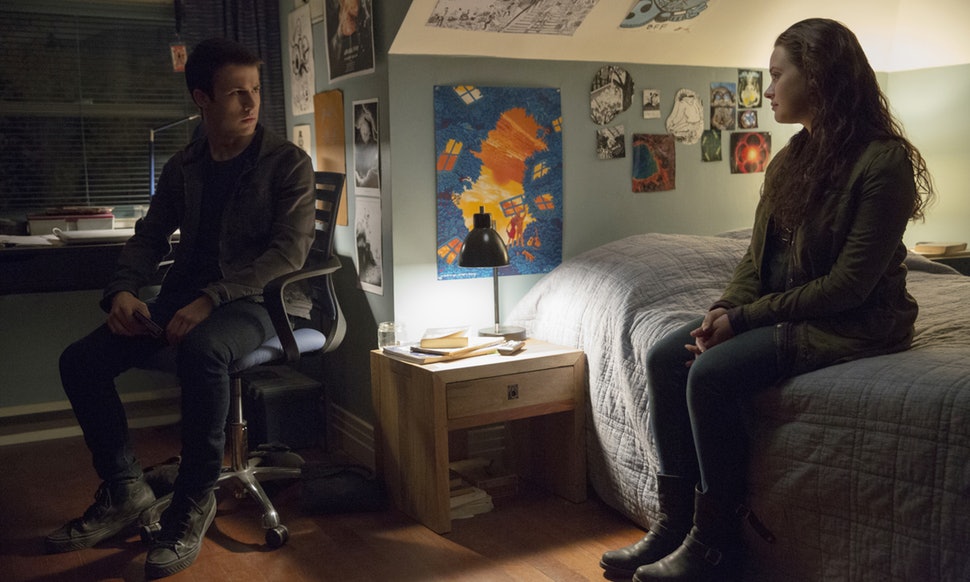
In its second season, 13 Reasons Why continues to attract fans and attention. However, this show has also drawn a lot of criticism from mental health professionals and advocates, myself included.
As a sexual assault and suicide attempt survivor, I do not feel comfortable watching this show for a myriad of reasons, and below are just thirteen of those. I find a lot of the content to be extremely triggering and am concerned this show glamorizes mental health and suicide.
I have read the book Thirteen Reasons Why and the Wikipedia summaries of episodes, so my issues will be drawn from those sources.
1. Depiction of self-harms
I have struggled with self-harm on and off since I was ten years old, and when I see self-harm in films, on television, or on streaming services, I get triggered. I do not believe it is needed to show Hannah Baker self-harming in order to relay to the audience about how traumatizing her rape was and her severe mental health struggles.
2. Graphic rape scenes
In both seasons of 13 Reasons Why on Netflix, there are graphic rape scenes depicted. I do not see how on earth these graphic depictions are necessary for the story or add to conversations around mental health. There are ways to allude or depict rape scenes in media that minimize triggering the audience.
3. Allegations against Jay Asher
In 2017, the novel’s author Jay Asher was expelled from the Society of Children’s Book Writers and Illustrators for accusations of sexual harassment. Due to these allegations, I do not believe a story, although it has deviated from the novel, should be told on Netflix, which features sexual harassment and assault if the author is accused of sexual harassment himself.
4. Theme of revenge
The tapes that Hannah Baker leaves behind almost create a sense that she is seeking a post-mortem revenge of sorts. I believe that this distorts common reasons why people commit suicide, plan to do so, or consider suicide. Personally, I wanted to die because of internal suffering, not out of a desire to punish others for not supporting me.
5. Simplification of suicide
Suicide often is preceded by a multitude of factors, but this show only really depicts bullying as one. For me, many factors came together when I became suicidal, including genetic predisposition to depression, chronic illness, sexual assault, and watching a pet be killed.
6. Defense of the show
Defenders of the show have claimed that they approach the topic of mental health appropriately because they approach it “head on.” I beg to disagree, as it is definitely possible to approach issues pertaining to mental health without graphically portraying it on-screen for entertainment purposes.
7. Depiction of suicide as a viable option
13 Reasons Why depicts suicide as the only viable option for Hannah Baker. Most people who commit suicide have present mental illnesses, like anxiety or depression, so why could the show not include getting treatment for her mental health as an option? Suicide is not a treatment of issues—it is a permanent and avoidable conclusion.
8. Alluding to the “Love saves all” concept
The television series and novel allude to the idea that if Clay had been there for his crush Hannah Baker, perhaps he could have prevented her suicide.
9. Responsibility of suicide
Unfortunately, the person who is ultimately responsible for Hannah Baker’s suicide is Hannah herself. While she was not responsible in any way for the bullying she received, Hannah was the person who killed herself. In most cases, people should not feel guilty for the deaths of people who died by suicide, unless they encouraged it.
10. Lack of mental health professionals involved in show
I tried to find if any mental health professionals were involved in the writing on advising of 13 Reasons Why and I could not find any. If a television show claims to confront mental health topics, they should have professionals involved to try and reduce how triggering some scenes or topics may be.
11. Clay did the wrong thing by holding on to the tapes
Clay should not have held onto the tapes to confront those that Hannah mentioned. Information on these tapes are possible evidence of a crime, so Clay should have brought them to the authorities immediately, or, at bare minimum, gave them to Hannah’s parents.
12. Trying to give a motive for a thwarted school shooting
After he is raped in season 2, Tyler then attempts to commit a school shooting. This is a dangerous narrative, as most school shooters’ motives are based on hatred, like misogyny or racism, not trauma.
13. Not having grief counselors after first suicide
When the show commences, there are not any grief counselors or other support than a guidance counselor, despite a student recently having committed suicide. This either seems very unrealistic or reckless of the school, and this recklessness should have been acknowledged. ![]()
